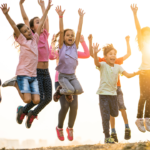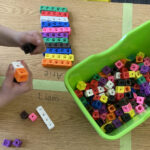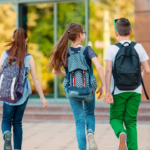Physical Learning Environment
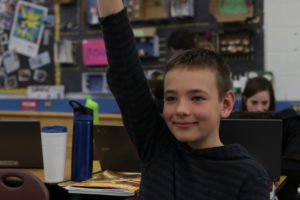 The physical learning environment is intentionally organized to foster a deep understanding of curricular outcomes and create Powerful Learning classrooms. The “knowledge transmission” historical view of learning was suited for a predominantly individual activity of absorbing and memorizing decontextualized and fragmented information transmitted mostly by the teacher. This notion of classrooms and learning resulted in traditional classroom layouts with desks in rows facing the front of the classroom. In contrast, a “knowledge construction” or “concept attainment” view of learning requires a physical environment conducive to students constructing their understanding, through authentic, realistic learning experiences that resemble real life situations, allowing for meaningful learning and problem solving. The physical environment in the classroom allows for cooperative and collaborative learning in small groups, with versatile and flexible arrangements of tables and desks. Creating an environment that is flexible helps students’ transition seamlessly from one form of learning to another.
The physical learning environment is intentionally organized to foster a deep understanding of curricular outcomes and create Powerful Learning classrooms. The “knowledge transmission” historical view of learning was suited for a predominantly individual activity of absorbing and memorizing decontextualized and fragmented information transmitted mostly by the teacher. This notion of classrooms and learning resulted in traditional classroom layouts with desks in rows facing the front of the classroom. In contrast, a “knowledge construction” or “concept attainment” view of learning requires a physical environment conducive to students constructing their understanding, through authentic, realistic learning experiences that resemble real life situations, allowing for meaningful learning and problem solving. The physical environment in the classroom allows for cooperative and collaborative learning in small groups, with versatile and flexible arrangements of tables and desks. Creating an environment that is flexible helps students’ transition seamlessly from one form of learning to another.
Students in the Powerful Learning classroom discover answers to questions and think through complex tasks by supporting an opinion or position with evidence, based upon criteria. This necessitates that a variety of materials, resources, technologies and books be available for students to explore and learn.
The physical environment of a classroom influences how students learn, how individuals 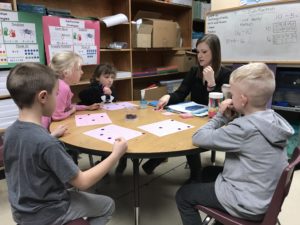 interact and perform. Ritchhart, 2015, describes learning environments that fosters thinking “where learning is viewed as an active, collaborative endeavor that fosters the development of fluid intelligence- the ability to problem-solve, reason, and explore new ideas with others”. The classroom environment communicates what is valued and expected.
interact and perform. Ritchhart, 2015, describes learning environments that fosters thinking “where learning is viewed as an active, collaborative endeavor that fosters the development of fluid intelligence- the ability to problem-solve, reason, and explore new ideas with others”. The classroom environment communicates what is valued and expected.
With these ideas in mind, the physical layout in the Powerful Learning classroom needs to allow for a variety of learning spaces within the classroom. Ideally, small working tables, with locking wheels can encourage ease of rearranging depending upon the learning activity. Space for individual learning is provided along with several collaborative spaces. A variety of books, resources and technology tools provide students with choice and voice as they read to discover ideas. The learning journey is documented on the walls and space for a “Thought board” tracks thinking overtime. The development of students as thinkers and learners are enhanced when the learning is captured, recorded or documented in some form. Student learning is displayed to inspire, invite and inform and not merely decoration (Ritchhart, 2015, pg. 236). Bulletin boards, smartboards and white boards serve as learning spaces. Materials to simulate real world content such as science are organized in open displays and bins, depending upon the curricular outcomes being worked on. Manipulatives, models and art materials suited to a variety of subjects including math are available. Classroom libraries of literature comprised of both narrative and expository text are also available.
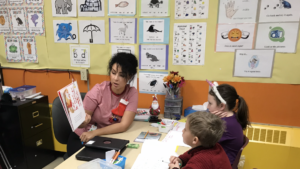 Learning environments that foster Powerful Learning are described in the article “Campfires in Cyberspace” written by David Thornburg (2004). David identifies learning spaces within a classroom as the campfire, the watering hole, the cave and life. The campfire represents when students come together to listen and learn from the elder in the group, who passes on wisdom through storytelling. The watering hole is the learning space for small group work including conversational. The watering hole is the space for focus lessons as well, a component of the Daily Five. The cave is the space for students to work on their own to reflect, study and learn individually. “Life” is referred to not as a learning space but a reminder to highlight the need for knowledge to be used and applied in the real world. These descriptors are consistent with spaces suited to creating a Powerful Learning classroom.
Learning environments that foster Powerful Learning are described in the article “Campfires in Cyberspace” written by David Thornburg (2004). David identifies learning spaces within a classroom as the campfire, the watering hole, the cave and life. The campfire represents when students come together to listen and learn from the elder in the group, who passes on wisdom through storytelling. The watering hole is the learning space for small group work including conversational. The watering hole is the space for focus lessons as well, a component of the Daily Five. The cave is the space for students to work on their own to reflect, study and learn individually. “Life” is referred to not as a learning space but a reminder to highlight the need for knowledge to be used and applied in the real world. These descriptors are consistent with spaces suited to creating a Powerful Learning classroom.
Virtual Learning Environments
The virtual learning environment extends the physical learning environment beyond the classroom enabling students to experience learning first hand in ways not otherwise possible. Utilizing technology in a meaningful way allows students to connect with others while exposing them to new ideas and experiences. Technology is harnessed as a tool to gather information, construct new understandings, document progression of concept attainment or extend learning through unique learner creations and innovations. Digital or virtual learning environments are limitless.
Technology used to facilitate the creation and communication of collaborative learning experiences enriches the learning environment. Galileo Learning Network identifies characteristics of strong inquiries and tasks to those that permit students to select appropriate technologies in order to create, contribute, connect and collaborate with others. Technology provides the opportunity to shift the emphasis of learning from content and skills to higher order tasks and thinking. Technology can also help Golden Hills teachers to meet the differentiated needs of learners, enabling all students to experience successful learning.
Two key questions should be considered when leveraging technology…
- How can digital be leveraged so that learning can be facilitated, amplified, and accelerated while student-driven learning is cultivated?
- What transformative learning opportunities does digital provide that cannot be met with traditional approaches? (Fullan et.al, p.81)
Effective Implementation and Integration of Technology
To facilitate the effective implementation and integration of technology into learning environments, the Florida Center for Instructional Technology (FCIT) created a Technology Integration Matrix (TIM) using five learning characteristics across five levels of technology integration. This matrix is meant to assist in assessment of technology use in lessons rather than rate a teacher or judge a task and includes video examples for each cell. These videos are also filtered into subject or grade level. Golden Hills encourages teachers to reach for the transformational level of technology integration in order to maximize learning opportunities.
Social-Emotional Learning Environments
Powerful Learning conditions will not only affect the physical and virtual learning environments, but the social-emotional learning environment as well. “Neuroscience is showing us that a sense of belonging plays a huge role in learning and protection against stress” (New Pedagogies for Deep Learning). Furthermore, the brain thrives in a learning environment where being accepted and valued are inherent. Learning occurs when the brain feels safe and unthreatened. In order for students to achieve Deep Understanding, several conditions need to be met.
Students need to feel:
- Safe – emotionally, physically, mentally, and socially
- Significant – students need to feel like they matter and that their voice is worth listening to
- A Sense of Purpose – students need to know why they are here, why they matter, and how their thoughts and efforts can make a difference.*
*Adapted from “What We Know About Well-Being: Connections to Deep Learning,” New Pedagogies for Deep Learning, 2019.

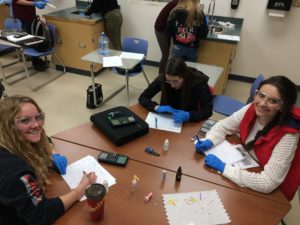
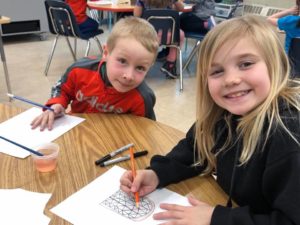

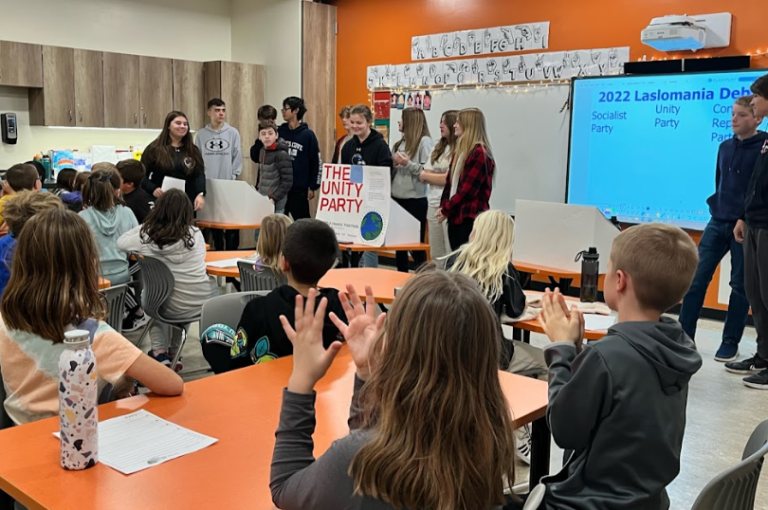
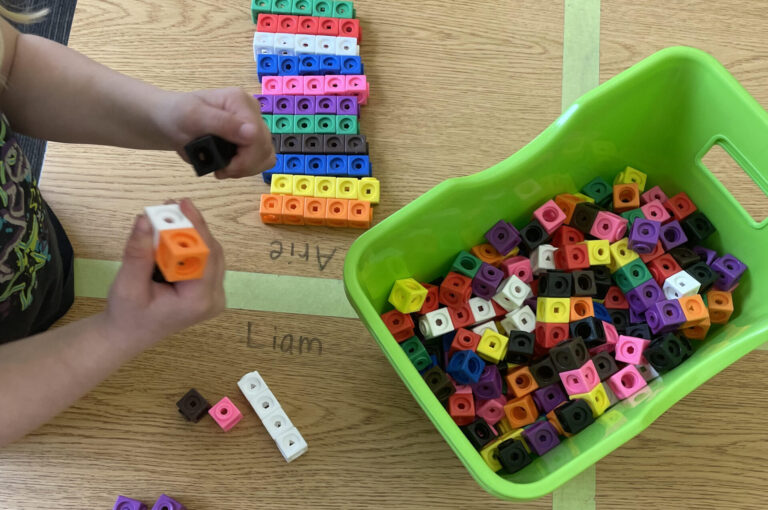
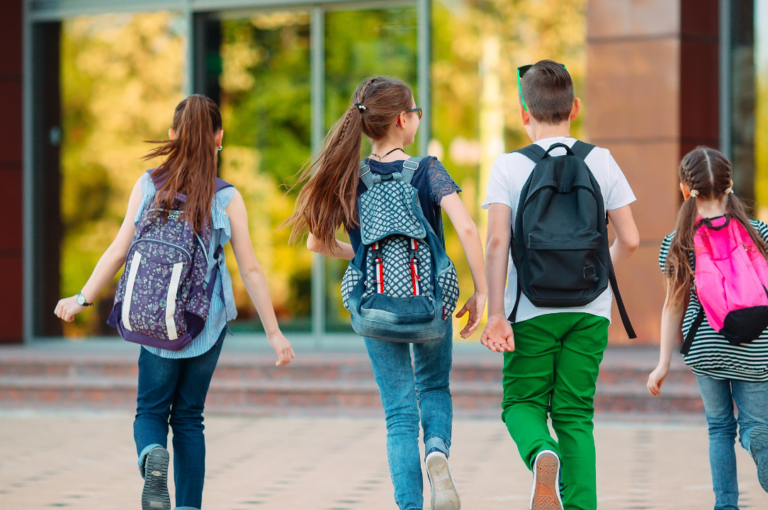
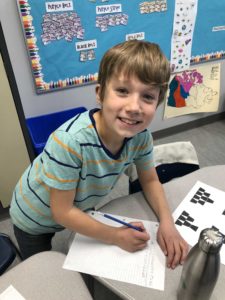 engagement that is being fostered in Golden Hills is “Intellectual Engagement.” Engagement refers to the degree of motivation, attention, curiosity, interest, effort, enthusiasm, participation and involvement that students show when they are learning. According to Marzano et. al (2011) four topics that constitute the model of attention and engagement are: emotions, interest, perceived importance and perceptions of efficacy. Student engagement involves providing students with opportunities to experience interactive learning/cooperative learning in a supportive environment. Engagement is understood in Golden Hills as a focus on framing learning using relevant and powerful questions, meaningful challenges and authentic applications that extend beyond the classroom and when possible have global connections.
engagement that is being fostered in Golden Hills is “Intellectual Engagement.” Engagement refers to the degree of motivation, attention, curiosity, interest, effort, enthusiasm, participation and involvement that students show when they are learning. According to Marzano et. al (2011) four topics that constitute the model of attention and engagement are: emotions, interest, perceived importance and perceptions of efficacy. Student engagement involves providing students with opportunities to experience interactive learning/cooperative learning in a supportive environment. Engagement is understood in Golden Hills as a focus on framing learning using relevant and powerful questions, meaningful challenges and authentic applications that extend beyond the classroom and when possible have global connections.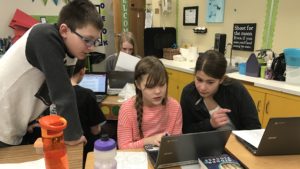 When learning moves beyond the classroom, students are engaged in being able to “observe, interact, collaborate and create with experts” in the community. “Inquiries and tasks are developed that require student collaboration to acquire and use competencies expected from high-performance work environments: teamwork, problem posing, problem-solving, communication, decision making, and project management.” (Galileo). In the design of learning, every attempt is made by teachers to consider what the discipline calls for (i.e. in mathematics we consider how to help students to learn how to think like a mathematician). Golden Hills teachers also make every attempt to provide students with worthwhile work.
When learning moves beyond the classroom, students are engaged in being able to “observe, interact, collaborate and create with experts” in the community. “Inquiries and tasks are developed that require student collaboration to acquire and use competencies expected from high-performance work environments: teamwork, problem posing, problem-solving, communication, decision making, and project management.” (Galileo). In the design of learning, every attempt is made by teachers to consider what the discipline calls for (i.e. in mathematics we consider how to help students to learn how to think like a mathematician). Golden Hills teachers also make every attempt to provide students with worthwhile work. Ritchhart et. al describes the “shapers” of cultures of thinking beginning with having a sense of purpose for the learning. Development of commitment occurs when there is a clear defined sense of purpose along with “challenge and connection” to the learning. The key forces that shape culture according to Ritchhart include “expectations, language, time, modeling, opportunities, routines, interactions and environment.”
Ritchhart et. al describes the “shapers” of cultures of thinking beginning with having a sense of purpose for the learning. Development of commitment occurs when there is a clear defined sense of purpose along with “challenge and connection” to the learning. The key forces that shape culture according to Ritchhart include “expectations, language, time, modeling, opportunities, routines, interactions and environment.” The physical learning environment is intentionally organized to foster a deep understanding of curricular outcomes and create Powerful Learning classrooms. The “knowledge transmission” historical view of learning was suited for a predominantly individual activity of absorbing and memorizing decontextualized and fragmented information transmitted mostly by the teacher. This notion of classrooms and learning resulted in traditional classroom layouts with desks in rows facing the front of the classroom. In contrast, a “knowledge construction” or “concept attainment” view of learning requires a physical environment conducive to students constructing their understanding, through authentic, realistic learning experiences that resemble real life situations, allowing for meaningful learning and problem solving. The physical environment in the classroom allows for cooperative and collaborative learning in small groups, with versatile and flexible arrangements of tables and desks. Creating an environment that is flexible helps students’ transition seamlessly from one form of learning to another.
The physical learning environment is intentionally organized to foster a deep understanding of curricular outcomes and create Powerful Learning classrooms. The “knowledge transmission” historical view of learning was suited for a predominantly individual activity of absorbing and memorizing decontextualized and fragmented information transmitted mostly by the teacher. This notion of classrooms and learning resulted in traditional classroom layouts with desks in rows facing the front of the classroom. In contrast, a “knowledge construction” or “concept attainment” view of learning requires a physical environment conducive to students constructing their understanding, through authentic, realistic learning experiences that resemble real life situations, allowing for meaningful learning and problem solving. The physical environment in the classroom allows for cooperative and collaborative learning in small groups, with versatile and flexible arrangements of tables and desks. Creating an environment that is flexible helps students’ transition seamlessly from one form of learning to another. interact and perform. Ritchhart, 2015, describes learning environments that fosters thinking “where learning is viewed as an active, collaborative endeavor that fosters the development of fluid intelligence- the ability to problem-solve, reason, and explore new ideas with others”. The classroom environment communicates what is valued and expected.
interact and perform. Ritchhart, 2015, describes learning environments that fosters thinking “where learning is viewed as an active, collaborative endeavor that fosters the development of fluid intelligence- the ability to problem-solve, reason, and explore new ideas with others”. The classroom environment communicates what is valued and expected. Learning environments that foster Powerful Learning are described in the article “Campfires in Cyberspace” written by David Thornburg (2004). David identifies learning spaces within a classroom as the campfire, the watering hole, the cave and life. The campfire represents when students come together to listen and learn from the elder in the group, who passes on wisdom through storytelling. The watering hole is the learning space for small group work including conversational. The watering hole is the space for focus lessons as well, a component of the Daily Five. The cave is the space for students to work on their own to reflect, study and learn individually. “Life” is referred to not as a learning space but a reminder to highlight the need for knowledge to be used and applied in the real world. These descriptors are consistent with spaces suited to creating a Powerful Learning classroom.
Learning environments that foster Powerful Learning are described in the article “Campfires in Cyberspace” written by David Thornburg (2004). David identifies learning spaces within a classroom as the campfire, the watering hole, the cave and life. The campfire represents when students come together to listen and learn from the elder in the group, who passes on wisdom through storytelling. The watering hole is the learning space for small group work including conversational. The watering hole is the space for focus lessons as well, a component of the Daily Five. The cave is the space for students to work on their own to reflect, study and learn individually. “Life” is referred to not as a learning space but a reminder to highlight the need for knowledge to be used and applied in the real world. These descriptors are consistent with spaces suited to creating a Powerful Learning classroom.
